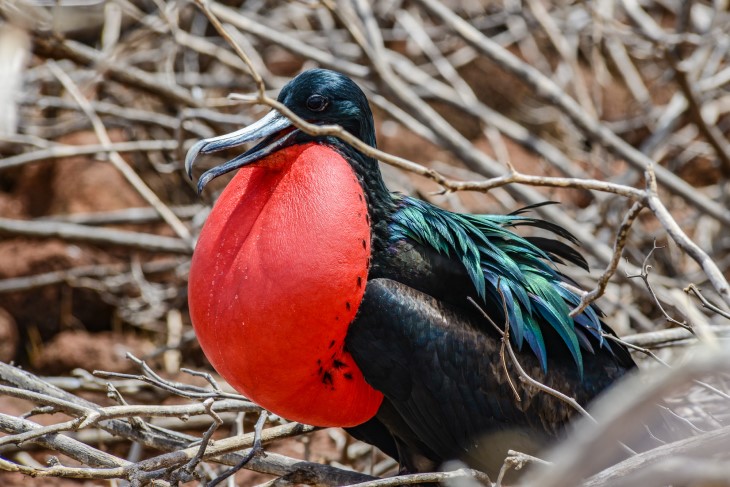
SIGN UP TO RECEIVE
15% OFF
IN YOUR NEXT TOUR
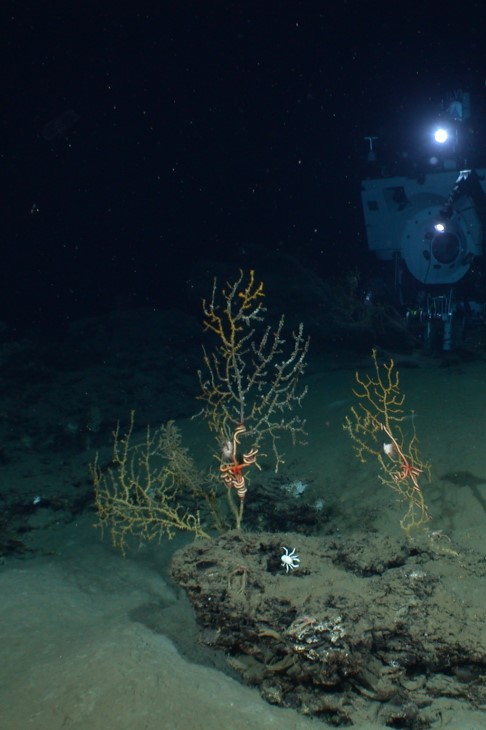
30 New Invertebrate Species Found in Deep Water off Galapagos
SCROLL DOWN TO READ
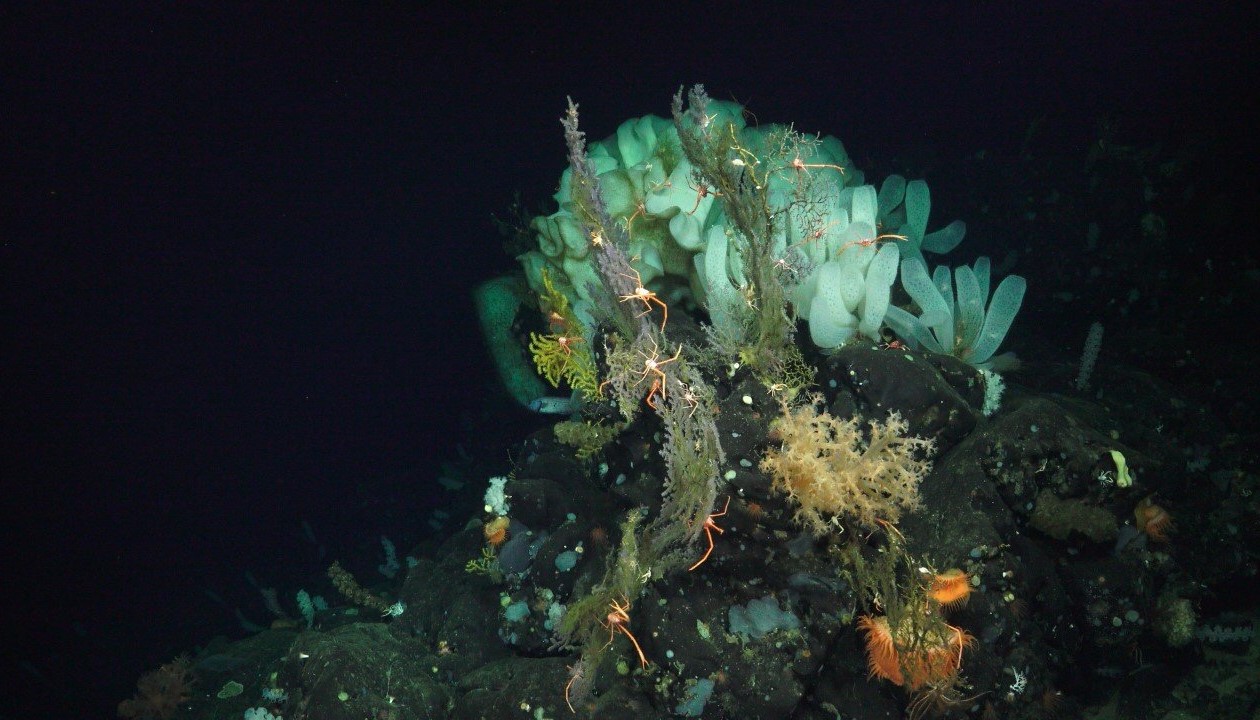
30 New Invertebrate Species Found in Deep Water off Galapagos
SCROLL DOWN TO READ
30 New Invertebrate Species Found in Deep Water off Galapagos
The Galapagos National Park (GNP) reported that thirty new species of invertebrates such as lobsters and corals were discovered in the marine reserve of the Ecuadorian archipelago of Galapagos, the second largest in the world. Among the finds are four species of squat lobster, one giant cup coral, 10 bamboo corals, three octocorals, one brittle starfish, the first giant solitary soft coral known from the Eastern Tropical Pacific, and 11 sponges.

The research was developed in 2015, during a ten-day cruise aboard the E/V Nautilus, a research vessel specialized in the depths of the ocean, using two remote-controlled marine robots, the Argus and the Hercules, which descended to 3,400 meters from depth, as well as seafloor mapping systems, which made it possible to explore for the first time three seamounts, located around the islands of Darwin and Wolf.
This discovery confirms that Galapagos is a living laboratory. Biological and ecological processes are underway and yet to be explored. In addition, the exploration revealed the existence of a series of underwater communities with depths ranging from 290 to 3,373 meters (952 to 11,066 ft.), including multiple fragile habitats such as crystal sponge gardens, coral gardens and cold-water coral colonies, which are considered to be fragile oceans Ecosystems.
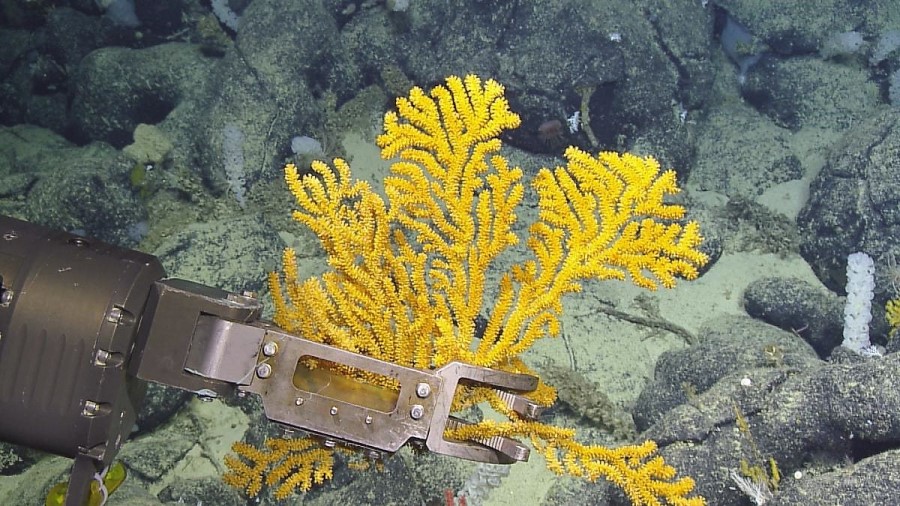
Because they are located more than three thousand meters deep and because they belong to the Galapagos Marine Reserve, these seamounts are protected from destructive human practices such as bottom trawling or deep-sea mining. On the contrary, the sharks that are found between the Darwin and Wolf islands, in the north of the Galapagos archipelago, do not suffer the same fate, since this area is located on the border of the marine reserve and international waters, where huge fishing fleets, they indiscriminately fish and kill these sharks, in a site with the largest population of sharks in the world.
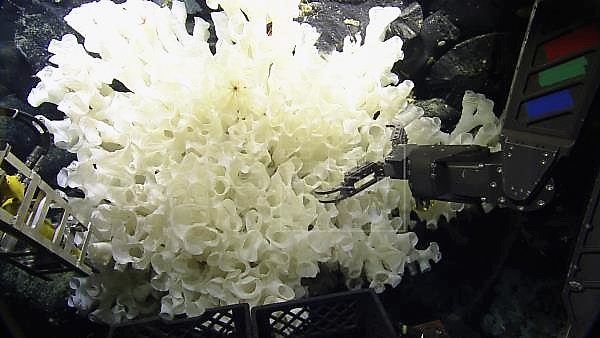
These samples were then separated, photographed, stores and sent to deep-sea experts for further identification. The results of this research were published in the journal Scientific Reports.
